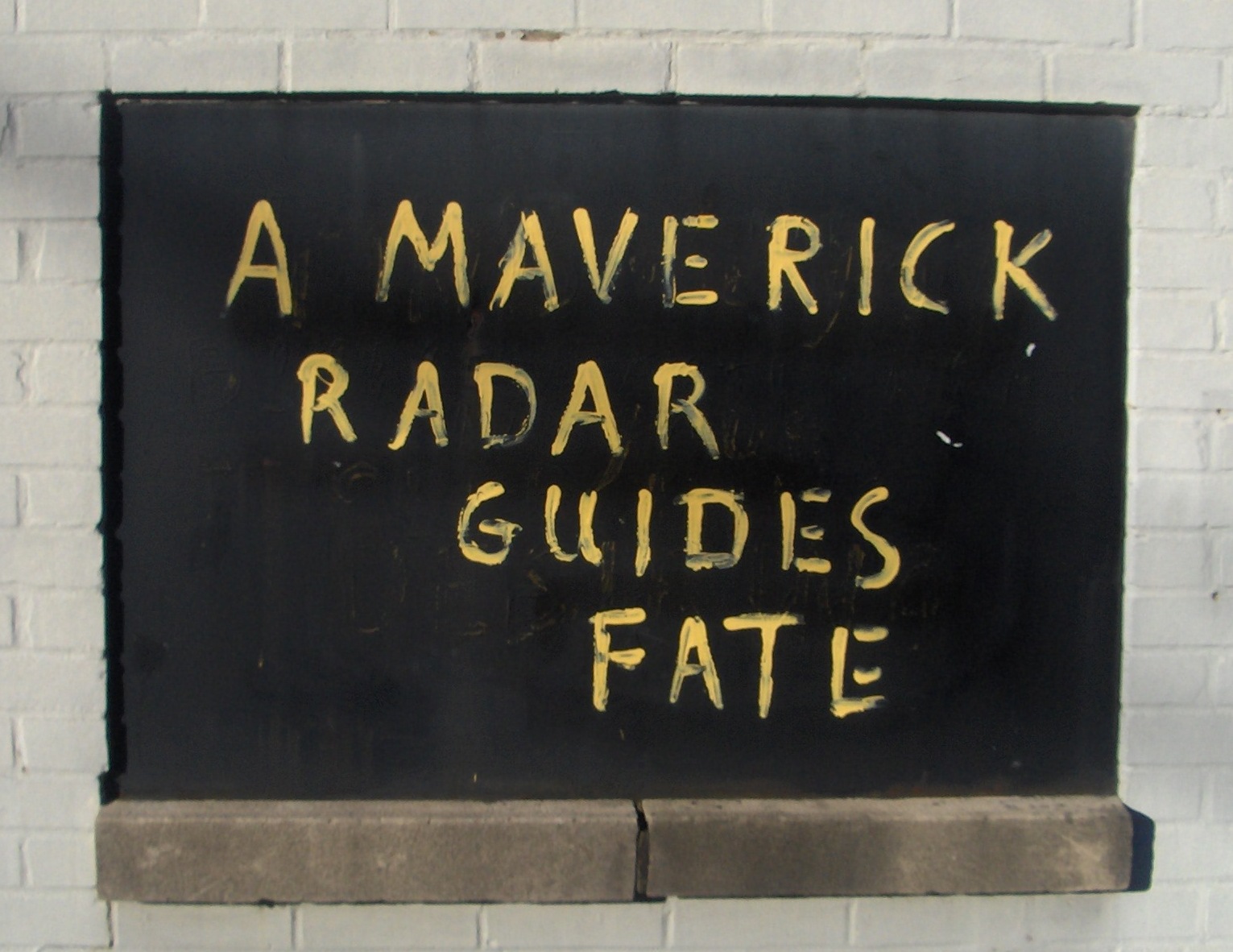THE RADAR SITE:
RADAR INFORMATION:
Overview
News and Events
RADAR MEMBERS
RADAR Home Page
RADAR RESOURCES:
RADAR ON-LINE DATA:
On-Line Decay Data
On-Line Kinetic Data
On-Line Model Dose Factors
INTERNAL SOURCES:
Occupational Dose Factors
Nuclear Medicine:
Therapy
EXTERNAL SOURCES:
Monte Carlo Applications
External Point Source
Beta Dose to Skin
Immersion in Air
Ground Contamination
Medical Sources
VARSKIN code
RADAR SOFTWARE
DOSE-RELATED LITERATURE
MEDICAL PROCEDURE DOSE CALCULATOR AND RISK LANGUAGE GENERATOR
RADAR DOCUMENTS:
System Overview
Internal Dose System
External Dose System
Decay Data
Kinetic Data
Phantoms
Risk Models
Welcome to RADAR - the RAdiation Dose Assessment Resource
... now with 27% more 'clickedy' stuff than any other dosimetry site!
Welcome to the RADAR web site, in which we seek to provide information on dose assessment models and methods for the 21st century. Our goal is to bring together the various resources that exist in the areas of internal and external dose assessment, integrate them into a single system, and put them in your hands as quickly and efficiently as possible. In this new age of internet access to information, we want to make information from this particular area of science available as quickly as possible in a form that is easy for you to use. If a new model or method is proven to be of value and the results valid, it will appear as soon as possible on the RADAR. If you have a new model to propose, send it in for evaluation. If it's something needed by the user community and the results are sound, we'll put it on the RADAR.
RADAR Changes the Dosimetry World!
RADAR has updated the dosimetry world by replacing the old, 'stylized' dosimetry phantoms of the 1980s and 1990s:
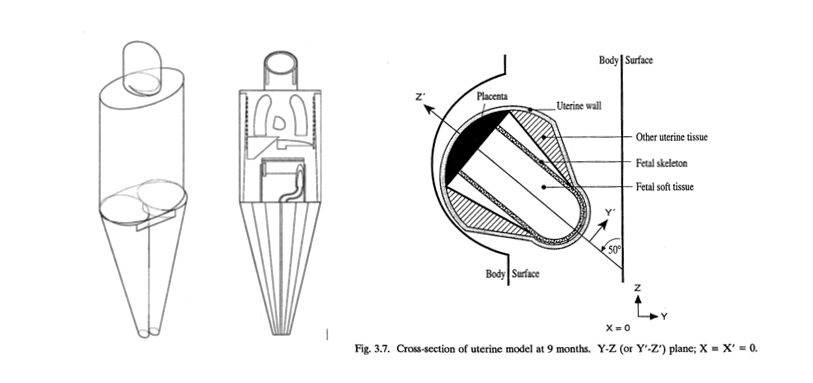
...with image-based, voxelized models:
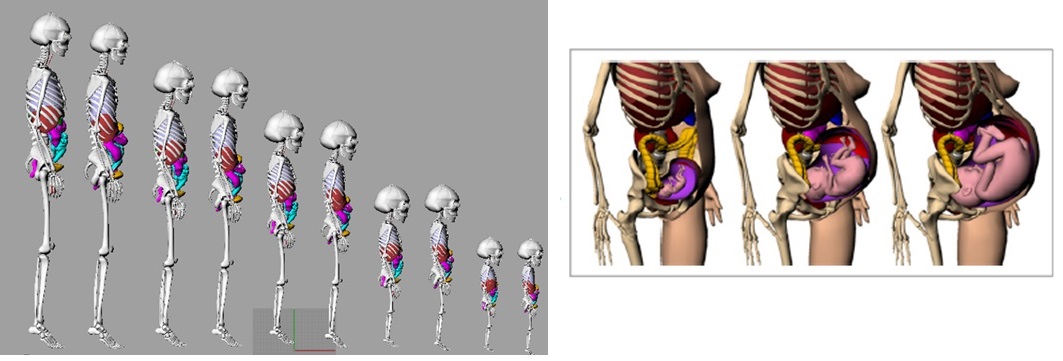
Information about OLINDA/EXM 2.0 is found here.
Hey, non-gender-specific individual, you HAVE to check out this * * * Cool Stuff * * *
(we used to say 'hey man', but we got a lot of angry letters)
RADAR... DEBUNKS... the non-scientific Linear, No-Threshold (LNT) model of radiation carcinogenesis. DNA repair deniers take note!!!
RADAR members have now compiled a listing of over 1000 specific gamma ray constants, based on the recently released ICRP decay data series. Get a copy for you bad seff right heeeeeeeeeeeere.
Roentgen Shrugged! Why? You'll just have to read the Health Physics Newsletter article at this page to find out.
Check out the RADAR nuclear medicine patient exposure radiation dose calculator. It performs dose calcultions for release of radioactive nuclear medicine patients and dose from other related situations.
Updated plain film x-ray and CT dose data (from the CRCPD's NEXT-2007 report) in our handy dandy Dose/Risk Calculator for standard medical examinations
Is it SAFE? Do you think so? You might be surprised by our analysis of what is and isn't safe, according to US regulations about ionizing radiation. See what you think, and take the short quiz at this page.
An ANSI standard has been published about fetal dose calculations, in radiotherapy, nuclear medicine, diagnostic radiology, and the general workplace, with a discussion of how to interpret and communicate calculated doses to a pregnant woman and/her physician (the latter by Dr. Robert Brent, head of the Clinical and Environmental Teratology Laboratory at Jefferson Medical College and duPont Hospital for Children). This document is free to Health Physics Society Members, or at a low cost to the general public. A RADAR member contributed to this document and chaired the working group.
A lot of people out there want to scare the heck out of people with estimates of cancer risk from low dose medical procedures. Everyone knows that the benefits of the medical exams far outweigh whatever theoretical cancer risks may (or may not) exist at these low levels. Well finally, Dr. Pat Zanzonico of Memorial Sloan Kettering Cancer Center has evaluated the magnitude of the BENEFITS of a few medical procedures that involve radiation and compared them numerically to these theoretical cancer risks. This eye-opening analysis can be found here. Everyone agrees that exposures should be kept as low as reasonably achievable, and that unnecessary repeated examinations using radiation should be avoided. At the same time, though, we should appreciate these large benefit/risk ratios and not avoid necessary medical examinations.
RADAR Decay Data Viewer
Download the Visual Monte Carlo Program (External dose Monte Carlo simulator)
Radiation-related music - just for fun
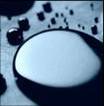
Click on the image to uncover its amazing identity!!!!!!

This one has problems with worked solutions for many of the chapters. You can preview the Table of Contents here. You can download the Word files for this right heeeeeeeeeeere. The problem files are available to all, but the solutions files are password protected. The password can be obtained by emailing the author. If he can tell you aren't a student doing homework, that is....
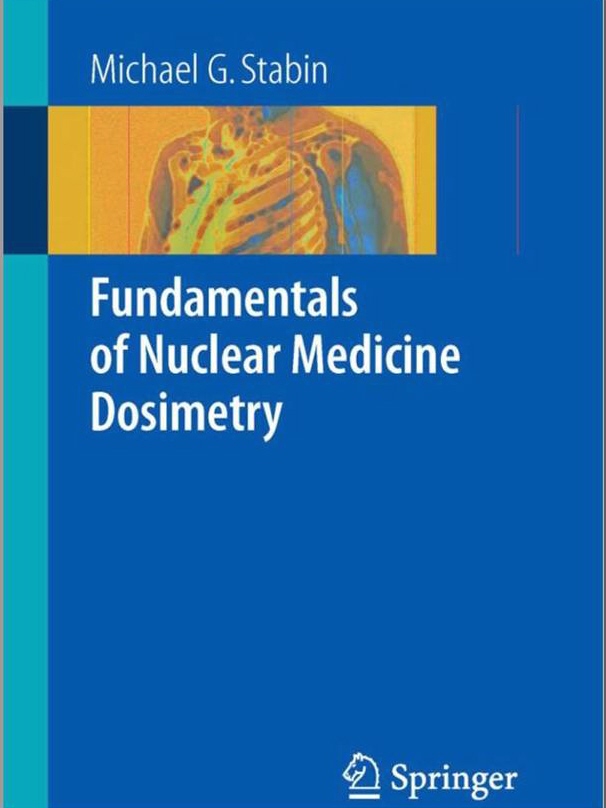
Springer did a great job on these. Get yours now at Amazon by clicking either of the book cover images above.
RADAR is a working group of professionals from several countries and disciplines. We believe in facilitating the work of people like you, who need dose assessment models, methods, and results for your work. We have designed this site to be especially useful to those of you in third world or developing countries, where access to some published materials may be difficult to obtain. Our goal is to continually propose and create new and better ways to get this work done, to collect and organize such information from other sources, and to put it on this site as soon as it is available and tested, for you to use.
